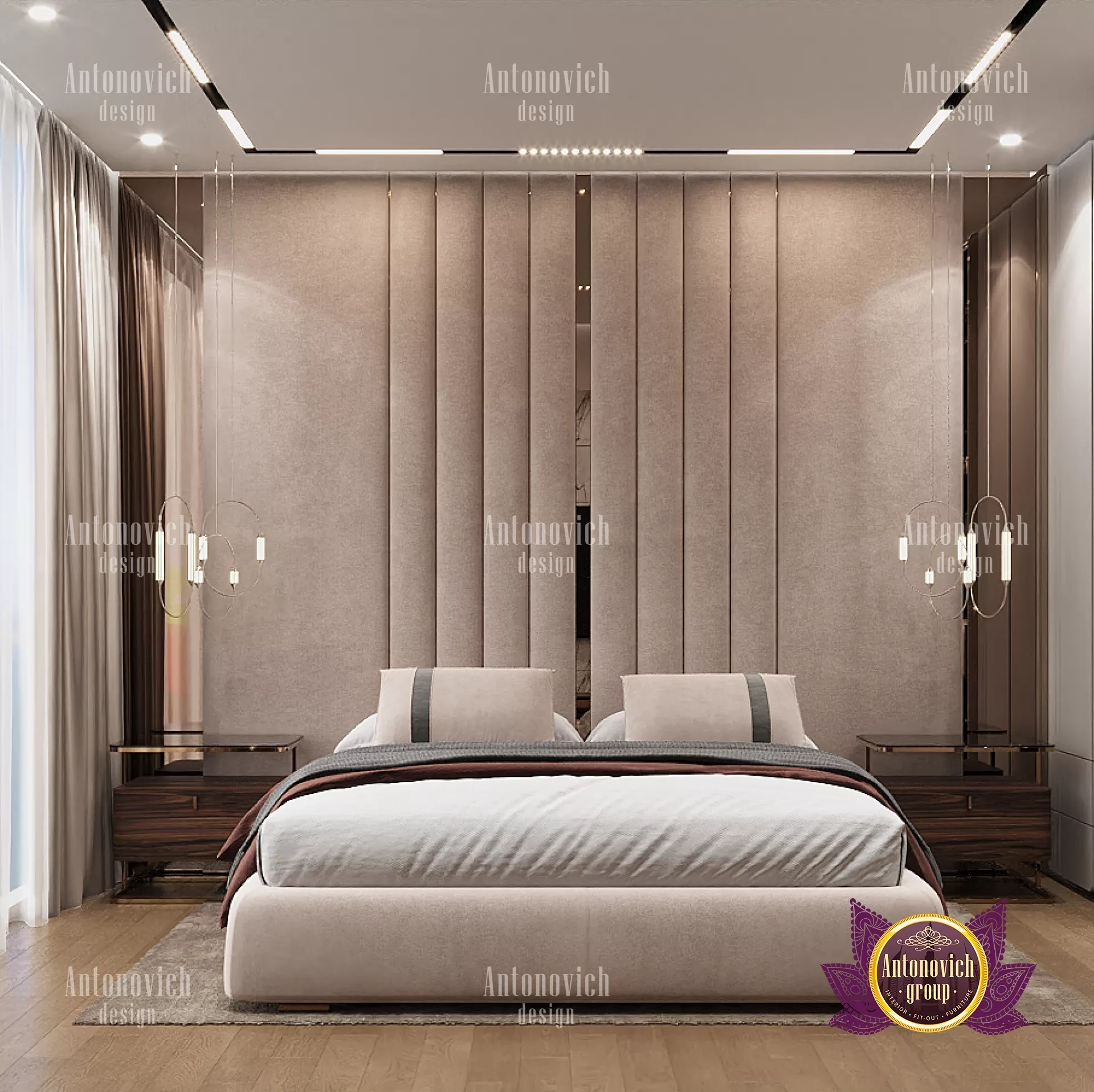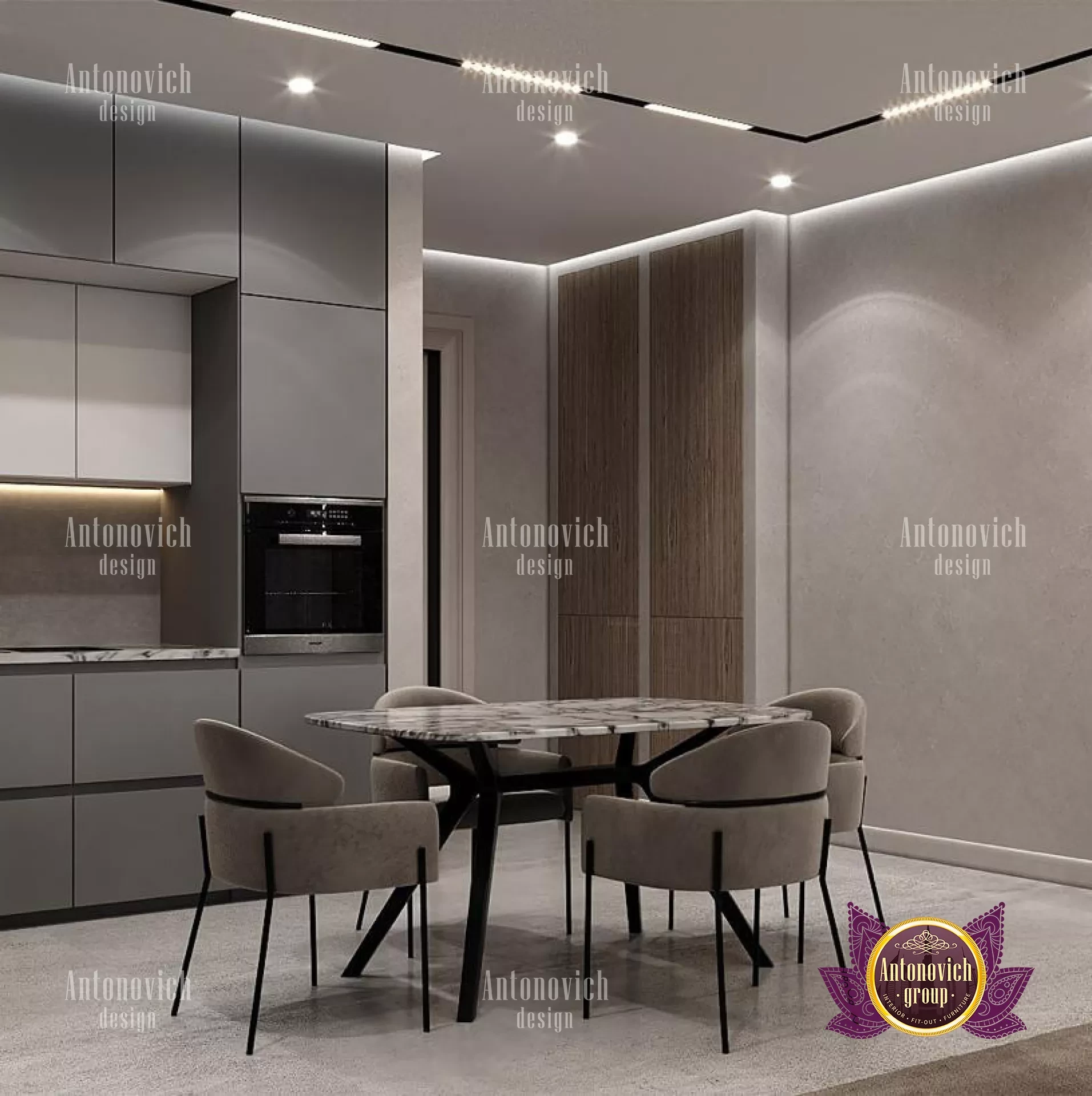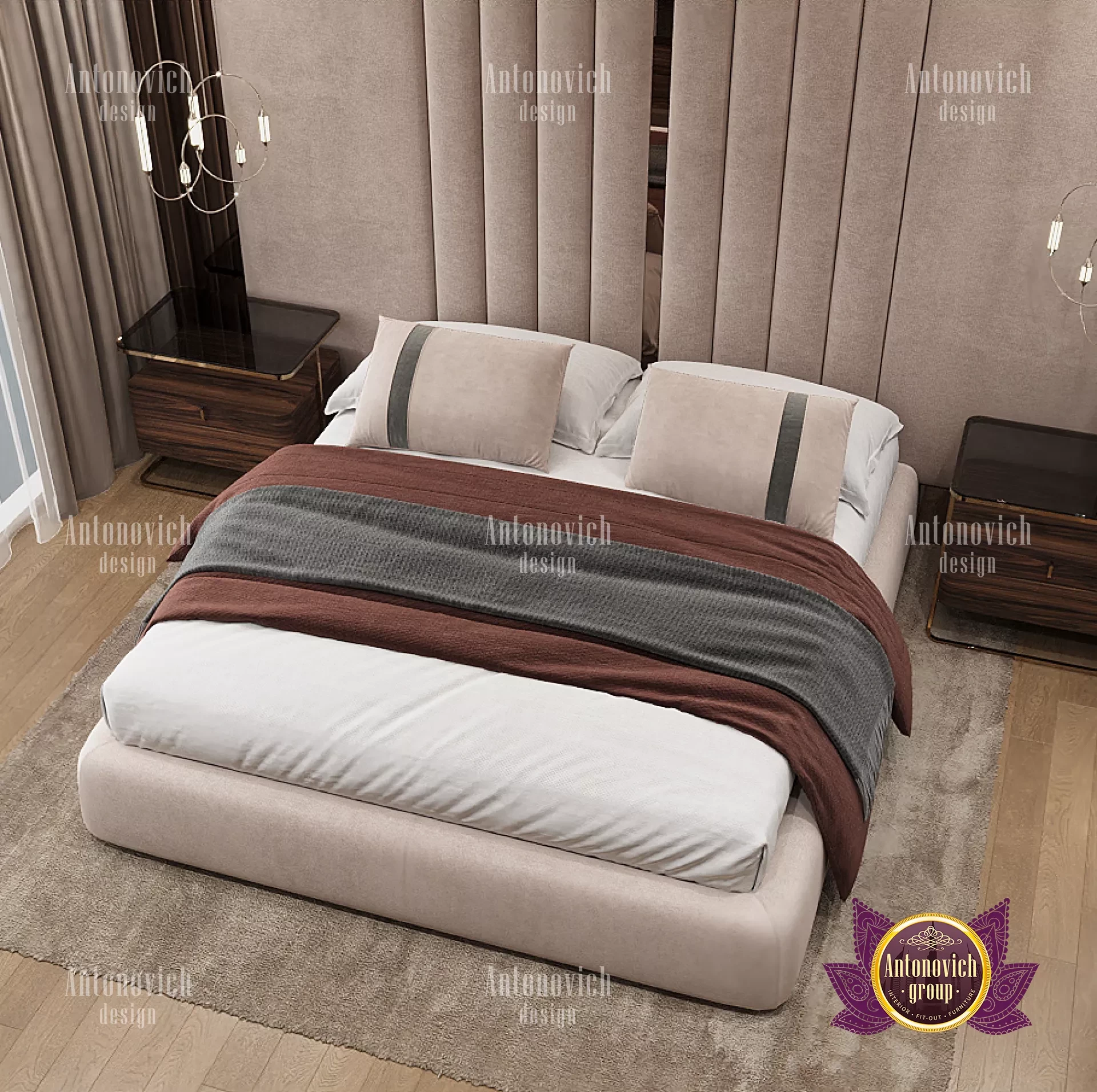WHAT TO AVOID IN BEDROOM INTERIOR DESIGN?
Avoid following decorating advice to the point where you end up with a space that doesn't feel right to you when coming up with bedroom ideas. Along the way, think about what appeals to you. Your bedroom should be cozy and functional for you. Include any preferences you may have, like plants or upholstered headboards, in your design plans. Pay attention to the ceiling. The ceiling is a fantastic untapped resource in any space because it is the largest uncluttered surface in your bedroom and the one that most inexperienced home decorators simply ignore. Consider painting or wallpapering the ceiling of your bedroom with a delicate hue or pattern to add a personal touch. If you're weary of DIY efforts and want extra-sophisticated bedroom décor, think about having a molded ceiling installed. Think about a nook. Your bedroom should feel sacred to you, allowing you to unwind there. If you have the space and want to add a little something extra to make your bedroom feel more like home, you might want to think about creating a tranquil retreat for yourself. The best places to find some alone time are a loft, a window seat, or just a comfortable chair and footstool.

When we enter a stunning hotel room, we immediately note that everything is proportioned well and that the bed is exquisitely constructed. The elegant and useful furniture is given a soft shine by the lighting. The rug is perfect for bare feet, and the artwork is eye-catching but not overwhelming. What about furnishing your own bedroom? Hotel proprietors may just design the rooms for their visitors. It may come down to a few design mistakes that decorators typically notice when they enter their clients' opulent bedrooms. Small mistakes like ignoring clutter or neglecting mood lighting may have a big impact on the overall look and feel of a space. To find out the mistakes you should never make when designing a bedroom, we spoke with some of the best interior designers in the industry. Even if it's not as obvious as bed size, the size of your rug in relation to your décor and furniture has an impact on design. Choose a rug that is at least the size of your bed; never be afraid to go big. You've chosen a size that enables you to step out of bed and onto your rug without difficulty from all four corners. Once you've measured your furniture and have enough room to walk around in your bedroom, it's time to think about color. Choose a color combination that complements one another without being too loud.

Because you are not always asleep in your bedroom, it is crucial to have a variety of light sources there. This gives you the ability to change the environment to meet your needs; for instance, if you read in bed at night after a long day, softer lighting might help you unwind. On the other hand, getting dressed in the morning benefits from a strong overhead light source that highlights your daily apparel. Layering your bedding is a great way to give your bedroom a cozier appearance (and dynamic). Choose contrasting complementary colors that you can layer all over your bed. Use a variety of textures that express different moods to give the area more texture and aesthetic appeal. When used well, patterns can create a striking statement and make decorating fun. The throw pillows contrast them, and the two different striped designs at the foot of the bed interact with one another. The secret to this room's design is the use of a variety of patterns with delicate textures that, when combined, provide blended components to the space.












